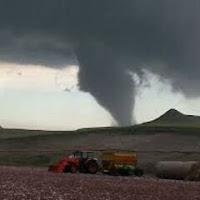Z
Growing up
in Zanesville, Ohio, a city founded by his
maternal grandfather, Zane Grey, enjoyed
baseball, fishing, American history, and reading adventure stories like Robinson
Caruso and dime novels featuring Buffalo Bill. Zane wrote his first story when he was fifteen,
but his father, a dentist, did not approve of Zane writing anything at all and
tore the manuscript to bits.
After an
embarrassing financial setback, the elder Grey moved the family to Columbus,
where Zane and his brother helped rebuild their father’s dental practice.
Before, after, and between work, fishing and baseball, Zane wrote every day,
effectively bringing the rugged wild west to vivid life on paper.
After four
consecutive rejections, Harper & Brothers finally published Heritage of the Desert in 1910, and two
years later, the publication of Zane’s all-time best seller Riders of the Purple Sage put his books
in the hands of readers everywhere. Harper accepted everything Zane submitted
after that and continued releasing from a stockpile one story each year for
more than twenty years after his death.
It’s estimated
that Zane, one of the first authors to become a millionaire, wrote more than
nine million words in his career. In all, he wrote more than ninety books, not
only westerns but hunting and fishing guides and children’s stories as well.
There were over a hundred story-based films produced, many of which were shot
at locations described in Zane’s books.
∞
I can’t tell
you exactly how many fictional characters are named “Zero”
because I lost count at 30. Let’s see, there was one in “Holes,” a ghost dog in
“Nightmare Before Christmas,” an assassin in “John Wick” as well as a thief in “Grand
Theft Auto.” Can you think of any others?
“You don’t have to
be great to start, but you have to start to be great.”
~ Zig Ziglar
























